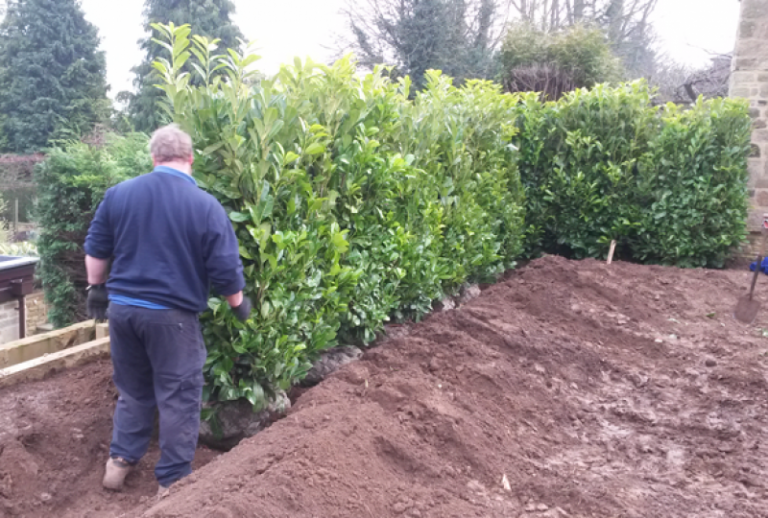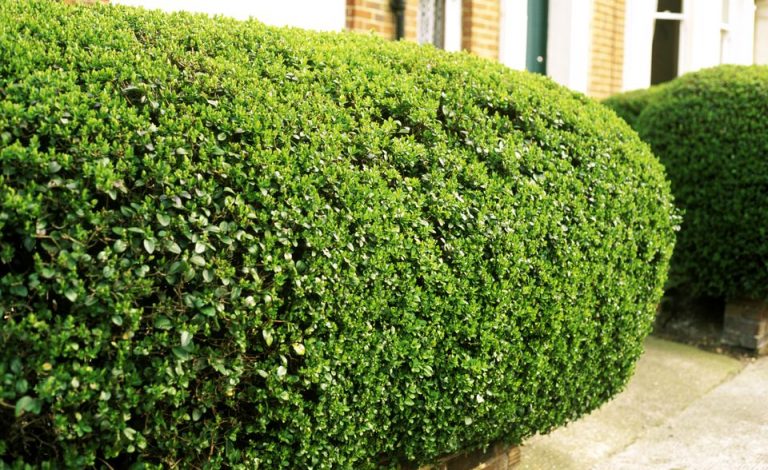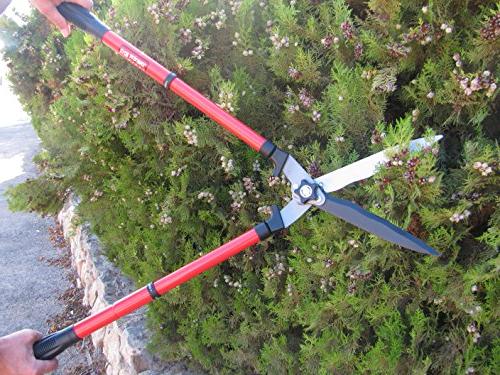How to Trim Your Hedge to Act like a Wall
Everyone is more or less familiar with the hedge wall. It’s a mass of plants that have been trained over the years to take the shape of a wall. Here we will offer a quick guide on how to do that yourself on your own lawn and garden as well as offering suggestions on ways to minimize maintenance for this kind of landscaping.
Planting and Training

In the beginning we must ensure that the plants selected are favorable to our climate. You may talk to your local horticulturist about this at a landscaping store. You will want to choose a deciduous plant as they are fast growing that are 1 to 2 feet tall. To ensure that your plants are in a straight line, we suggest using a string line to guide your plantings.
After planting, we want the plants to grow outwards and flil out its lateral branches rather than growing tall. As this will act as an eventual wall, we should expect the final landscape to block visibility from the bottom all the way to the top. The eventual product should look fairly uniform in terms of foliage, density, and shape from top to bottom. To do this, we must train the plant from the beginning from the bottom up as once the plant has reached its final desired height, it becomes more or less impossible to get the bottom branches to grow out. Therefore, the most opportune window is at the beginning when the only branches are the bottom branches.
To do this, we will first cut off 6-8 inches to induce low branching. We want to then prune off half of the new growth every year for the first two to three years. This will allow the plant to continue to concentrate on growing what will become the lowest branches than growing upwards. After the first 2-3 years, start trimming the hedge to the desired shape as the individual plants start to merge into a larger solid mass.
Shape

The importance of shape when it comes to hedges is that it affects the health of your plants, the amount of garden maintenance you will have to continuously do, and of course the overall aesthetics of your landscaping. A square like shape with right hard angles is high maintenance due to its highly unnatural shape compared to the plant’s tendencies and inclinations. You will be fighting the hedge its entire life in its desire to create a more domed rounded shape instead. For a low maintenance, more natural and healthy look, you may want to try a shape where the top is narrower than the bottom of the plant and utilizes more rounded domed like shapes. By having a narrower top, this ensures that the bottom branches continue to receive adequate sunlight and contribute to the overall health of the plant. Using more rounded natural shapes, you will not be fighting the plant’s natural tendencies as much to take those shapes in the first place.
Maintenance

We’ve already talked about minimizing maintenance when it comes to shaping it a certain way. Another strategy is to keep it as low as possible. You don’t want to have something that requires a ladder to trim. In terms of frequency, you want to trim before it grows a foot or more. Excess growth above means the plant starts deprioritizing lower branches, which can be difficult to restore. Furthermore, the plant can grow out of shape and the outer leaves can crowd out the inner ones so the overall hedge starts to lose its shape. Keep things simple so that you do not dread going out into your garden to do some minor maintenance. Maintenance should be easily accessible and doable with hand tools such as a pair of scissor shears. Power tools should be avoided as they are less prone to cutting and more prone to breaking and tearing twigs.
Conclusion
Having a well maintained healthy hedge is truly a sight to behold. Their rarity is owed to the skill and dedication required to shape them to your gardening needs over a period of years. When sufficient planning is done, these kinds of landscaping can be done by anyone. When maintained properly with just simple hand tools, these beauties can last for many years and offer not only beautiful landscaping to your lawn and garden but also contribute to the local ecosystem.